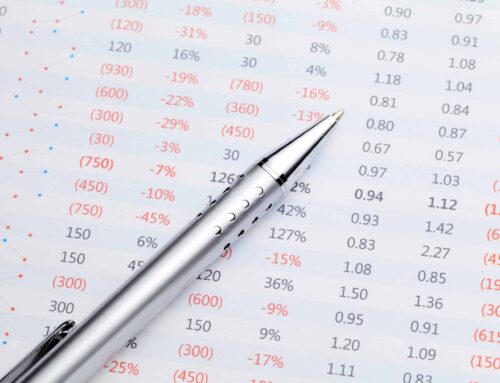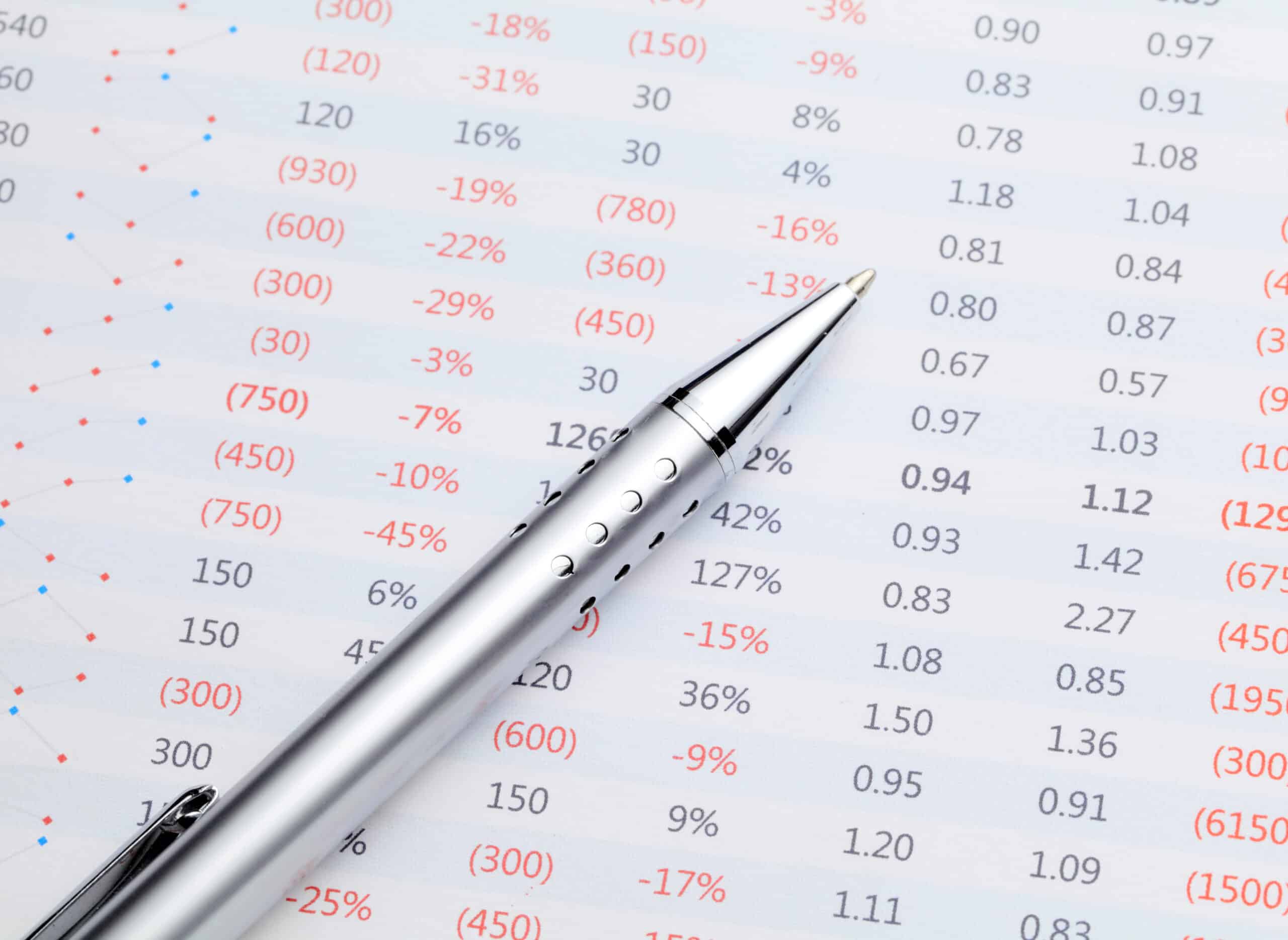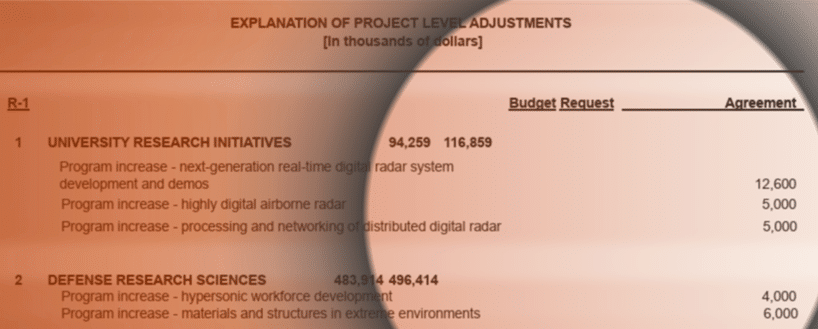Last Thursday, President Trump announced plans to impose a 10 percent tariff on $300 billion worth of goods from China, including numerous consumer goods such as clothing, TVs, fishing reels, and motorcycles.
In response, China stopped the purchase of U.S. agricultural products and allowed their currency, the Yuan, to depreciate against the dollar. The Trump Administration then designated China as a currency manipulator, further escalating conflicts in this tit-for-tat trade war that has hurt American farmers.
American farmers depend on exporting what they grow and have spent decades developing business relationships and markets. In 2017, the U.S. exported $12.2 billion (1.2 billion bushels) worth of soybeans to China, by far the largest importer of U.S. soybeans. After China’s retaliatory tariffs in 2018, soybean exports dropped 75 percent to $3.1 billion (302 million bushels). 2019 is looking worse – $1.8 billion of soybeans sold in the first four months compared to $2.6 billion in the same period last year.
We’ve said from the very beginning that the well-intentioned but poorly thought out trade war was a disaster for agriculture that had to end. Now, prices for major commodities continue to barely rise above the cost of production and exports have fallen 4.4 percent from last year.
As part of this self-inflicted never ending tariff-happy trade war, the president tweeted that he will give U.S. farmers more aid in 2020 “if necessary,” on top of the $12 billion in 2018 and $16 billion announced in 2019. This despite the administration saying in 2018 that trade aid will only be for one year. The likelihood of a trade deal diminishes by the day, especially with China suspending a deal with the U.S. to import more agriculture products. With the economic and political conditions that prompted the first two trade aid payments staying the same—no trade deal, U.S. tariffs on all goods imported from China, Chinese retaliatory tariffs on U.S. farm goods, and low farm income– a third round of payments seems inevitable in 2020.
Through trade aid, which mostly consists of cash payments made directly to farmers, the cost of the safety net for U.S. agriculture has doubled. The most recent farm bills in 2014 and 2018 were supposed to move beyond direct payments for farmers and concentrate on risk management.
Yet here we are. Instead of farmers and ranchers succeeding on their own based on planting for the market, we’ll have career bureaucrats and political appointees in the USDA choosing the winners and losers in farm country. It’s a recipe for disaster that may undo decades of progress toward weaning agriculture from financial dependence on federal subsidies.











Get Social